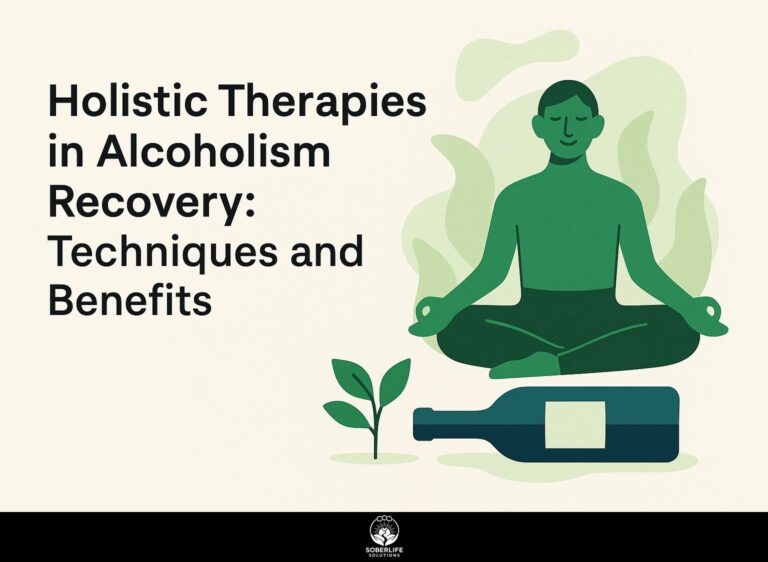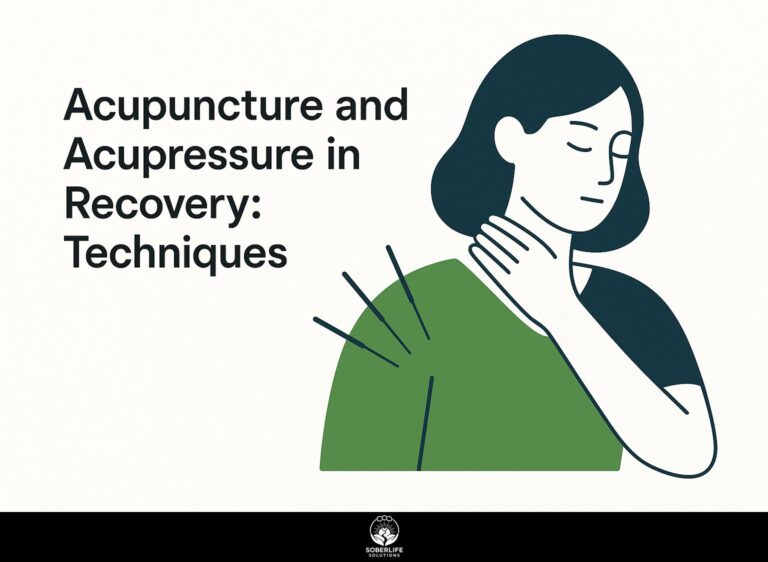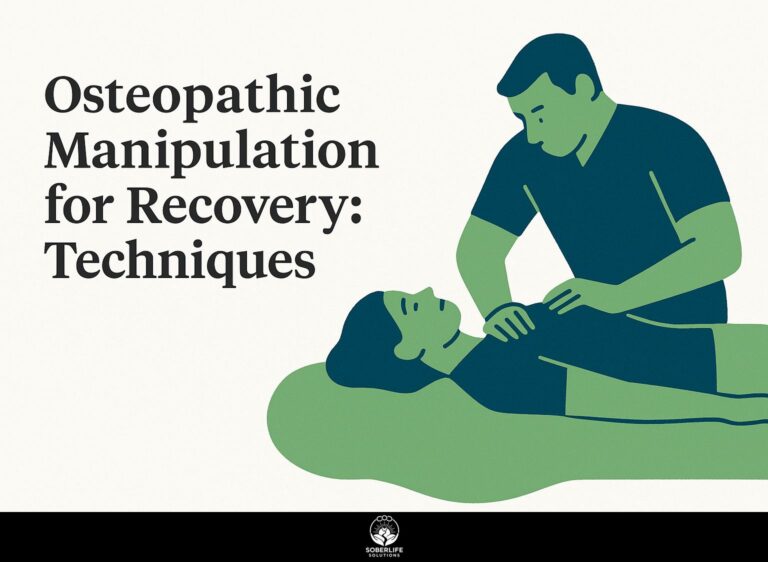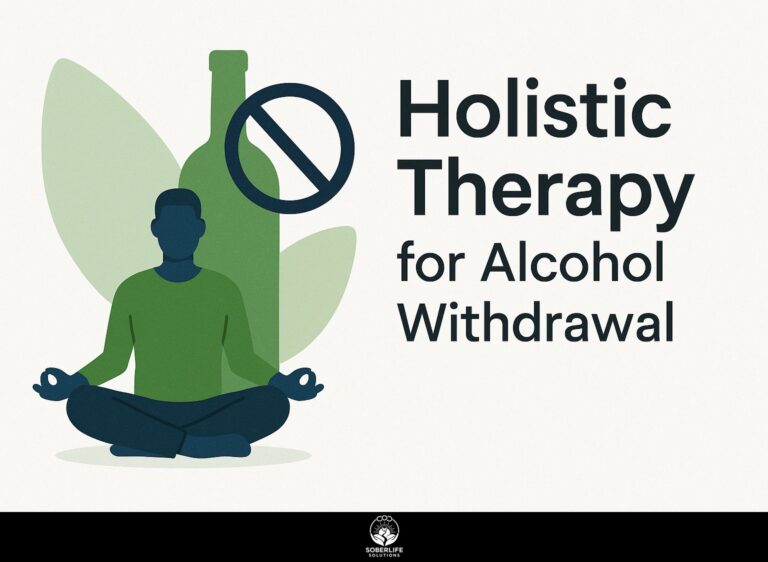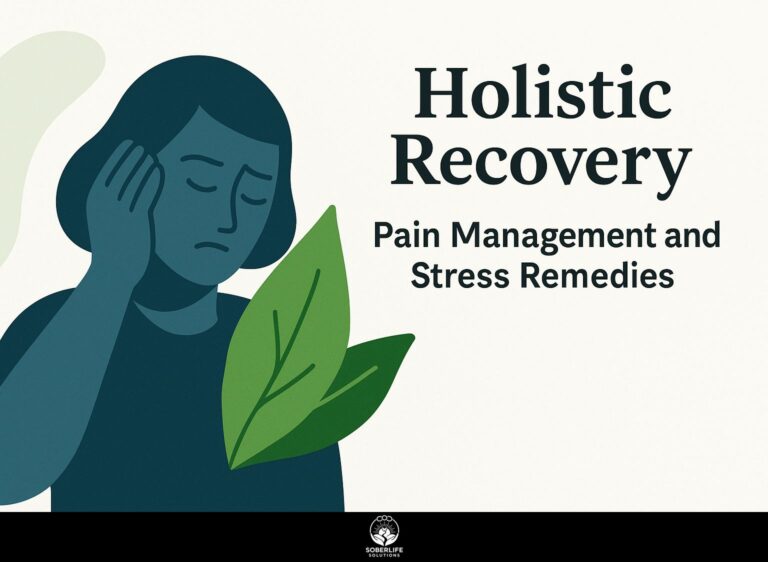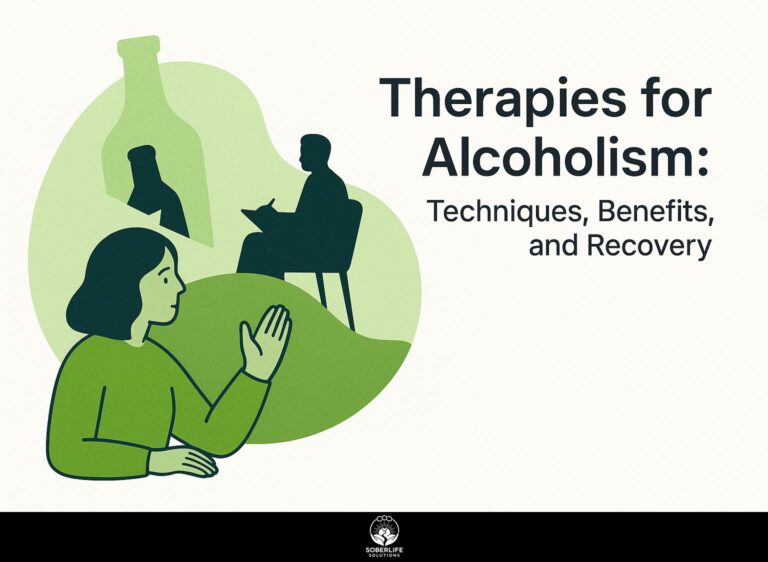Systemic Imbalance in Holistic Recovery
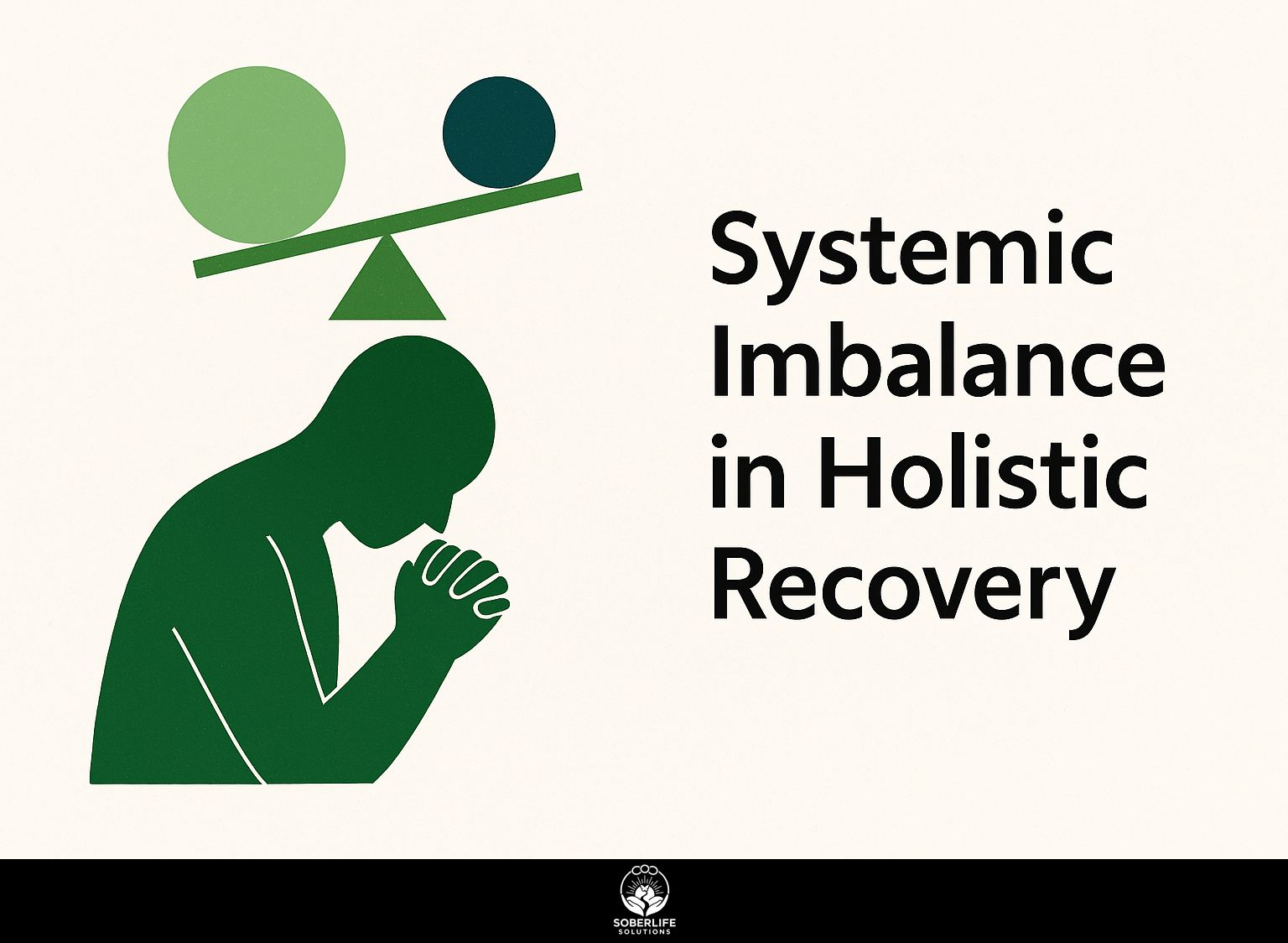
Recovering from an athletic injury, such as ACLR, often uncovers systemic imbalance that hampers rehabilitation and return to sport. Even gold standards like HIIT can’t fully restore range of motion (ROM) without tackling root causes. This guide covers full recovery methods for athletes, from small changes in diet to exercises that link mind and body. It helps them get even healing, lasting good results, and long-term health without injuries.
Key Takeaways:
Understanding Systemic Imbalance
Systemic imbalance disrupts the body’s interconnected systems, often manifesting in athletic injuries like ACL reconstruction (ACLR) where poor ROM and strength testing reveal underlying issues beyond physical trauma – a perspective reinforced by the World Health Organization’s framework for integrated people-centred care.
Definition and Core Concepts
Systemic imbalance means a condition in which physical, mental, and environmental stresses lead to a chain of malfunctions. Thomas Insel’s criticisms of psychiatric approaches show this, as they focus on medical treatment instead of viewing the whole person.
To grasp this concept, follow these numbered steps for a foundational breakdown:
- Use the WHO’s combined health model: Read the 2017 WHO report on health factors (10-15 minutes). It sees balance as linked physical, mental, and social parts, not just separate symptoms.
- **Explain core concepts like iatrogenic effects**: Insel’s 2013 TED Talk highlights overdiagnosis in ADHD, where 20-30% of cases stem from medication side effects worsening anxiety-actionable via journaling stressors for 5 min daily to track cascades.
- Compare to social construct theories: Different from medical models, in psychotherapy such as Jungian methods, analyze dreams to find environmental effects. A frequent error is skipping self-examination, which causes partial evaluations-set aside 20 minutes each week for self-reflection activities to prevent this.
Causes of Systemic Imbalance
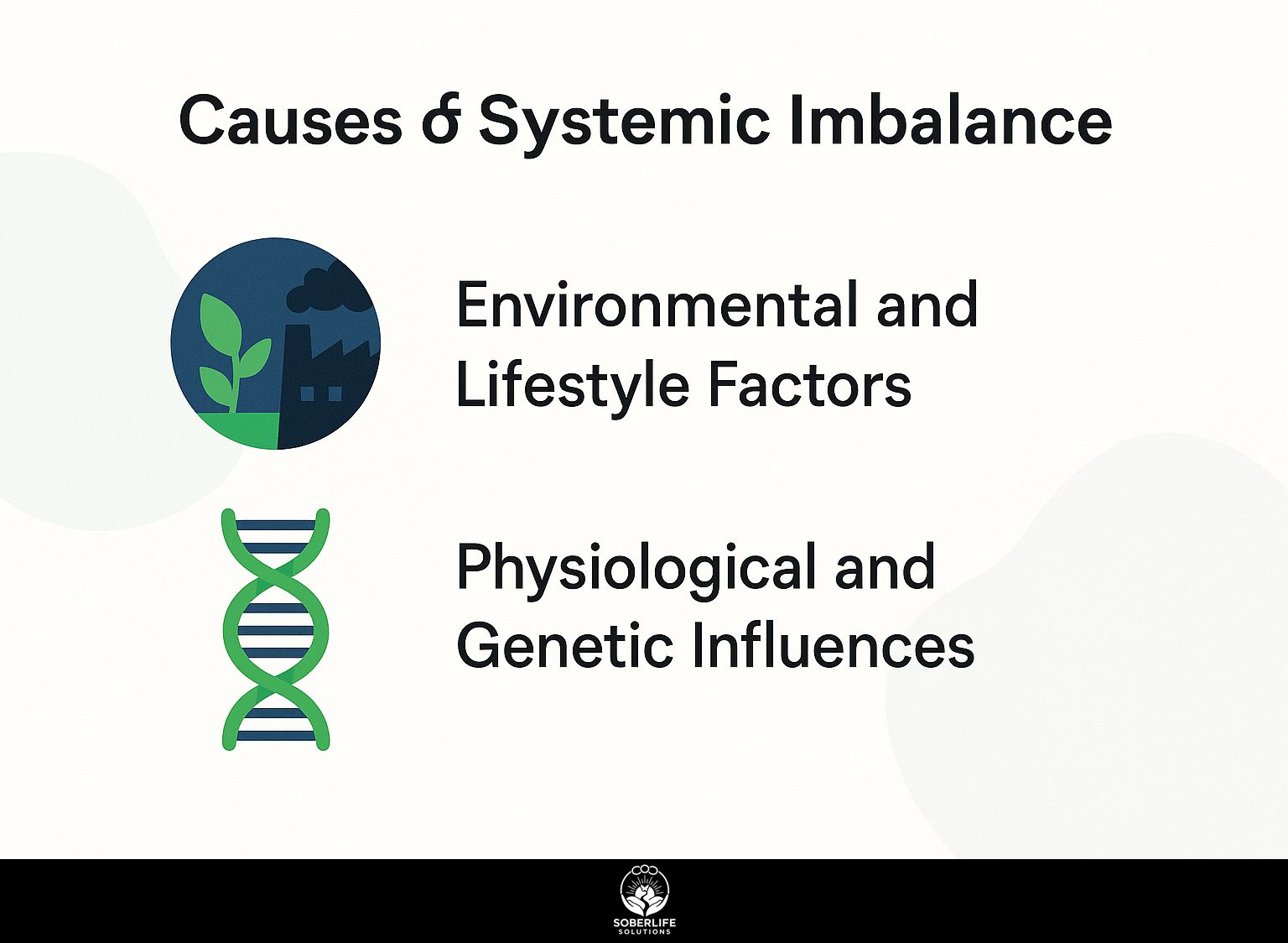
Systemic imbalance comes from many different causes, and research from the CDC shows that 70% of cases connect to lifestyle habits people can change, such as little physical activity and eating lots of ultra-processed foods. To restore balance in recovery, [exploring complementary vs alternative medicine](https://soberlifesolutions.com/complementary-alternative-medicine/) offers practical next steps tailored to these challenges.
Environmental and Lifestyle Factors
Environmental and lifestyle factors contribute to 60% of systemic imbalances, per WHO data, with sedentary behavior increasing depression risk by 25% and ultra-processed food linked to inflammation in 80% of cases.
To combat sedentary behavior, athletes in desk jobs often face range-of-motion (ROM) deficits; counter this with 30 minutes of daily nature exposure, as Creighton University studies show it boosts mood and mobility by 15-20%.
For poor sleep and nutrition, ultra-processed diets heighten anxiety-track intake via the MyFitnessPal app and aim for 7-9 hours of sleep nightly, reducing inflammation markers per NIH research.
In post-ACLR patients, lifestyle audits addressing these factors cut rehab time by 20%, preventing reinjury through simple habits like evening wind-down routines and whole-food swaps.
Physiological and Genetic Influences
Physiological and genetic factors underpin 40% of systemic imbalances, as seen in ACLR cases where genetic predispositions affect ROM recovery rates by 15-20%, according to Paterno’s longitudinal studies.
Physiological imbalances, such as post-injury inflammation, typically resolve in 6-12 weeks through targeted interventions like high-intensity interval training (HIIT), which reduces swelling by up to 30% per Webster’s research on collagen gene markers.
In contrast, genetic factors such as changes in COL1A1 genes require monitoring throughout life, because they cause lasting 25% losses in strength for athletes at risk, as shown by isokinetic testing.
For actionable steps, clinicians recommend genetic screening through 23andMe ($199) to identify predispositions early, paired with physiological assessments like single-leg hop tests to track recovery progress quantitatively.
Holistic Recovery Framework
A recovery plan combines physical rehabilitation and mental health methods to raise return-to-sport rates by 35% for patients after ACL reconstruction, according to the best protocols from the Hewett scale.
Start with these steps to apply this outline as your own plan.
- Assess your baseline using the free IKDC subjective knee evaluation tool (available online via the American Orthopaedic Society for Sports Medicine site; takes 10 minutes) to score pain, function, and symptoms objectively.
- Make a step-by-step plan: In weeks 1 through 4, build mental strength with daily 10-minute sessions on mindfulness apps like Headspace, along with physical therapy. Include high-intensity interval training three times a week for 20 to 30 minutes using the Nike Training Club app to build cardiovascular and respiratory fitness, aiming for a 20 percent increase according to studies in the Journal of Orthopaedic & Sports Physical Therapy.
- Monitor progress weekly via single-leg hop tests (measure distance and symmetry); avoid rushing phases to prevent reinjury-total timeline: 8-12 weeks. This integrates Hewett protocols for sustained 35% better outcomes.
Diagnostic Tools in Holistic Assessment
Diagnostic tools in a full assessment pair physical measures like ROM with psychological questionnaires, detecting kinesiophobia in 50% of ACLR patients using the Tampa Scale.
Integrative Medical Evaluations
Integrative medical evaluations use tools like KOOS and IKDC questionnaires alongside isokinetic testing to score strength deficits, identifying fear of reinjury in 40% of athletic injury recoveries.
| Tool | Cost | Key Metrics | Best For | Pros/Cons |
|---|---|---|---|---|
| KOOS | Free | Knee function | Post-ACLR | Pros: Patient-friendly; Cons: Subjective |
| IKDC | Free | Overall knee | Rehab tracking | Pros: Validated; Cons: Lengthy |
| Tampa Scale | $0 | Kinesiophobia | Psychological readiness | Pros: Quick 17-items; Cons: Self-report bias |
| Hop Testing | Gym equipment $200+ | Functional strength | Return to sport | Pros: Objective; Cons: Requires space |
| FABQ | Free | Activity fears | Mental health integration | Pros: Evidence-based; Cons: Anxiety-focused |
For beginners, KOOS offers a simpler start than IKDC due to its focused knee-specific questions and lower completion time.
Both can be set up easily via Google Forms for digital administration, minimizing setup to under 30 minutes with no advanced training needed.
This low learning curve supports quick integration into rehab protocols, backed by studies from the American Orthopaedic Society for Sports Medicine.
Treatment Modalities for Recovery
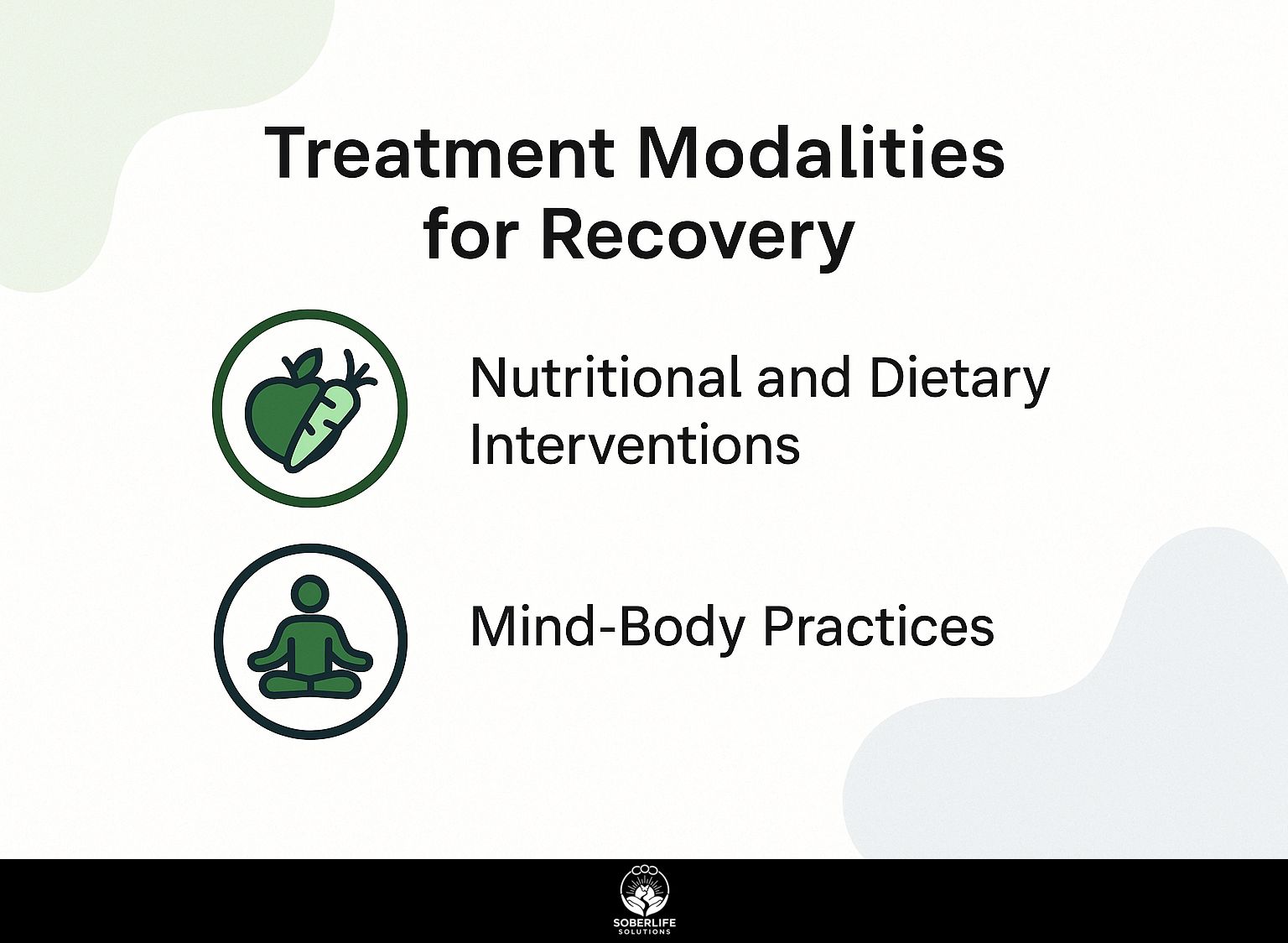
According to a ResearchGate study on ACL microtrauma healing, treatment modalities for recovery emphasize multimodal approaches, with HIIT improving cardiovascular fitness by 30% in rehab programs while addressing sleep and exercise deficits.
Nutritional and Dietary Interventions
Nutritional interventions target systemic imbalance by reducing ultra-processed food intake, which correlates with 35% higher depression rates, using anti-inflammatory diets to support rehab.
Adopt the Mediterranean diet, emphasizing fatty fish, nuts, and olive oil to lower inflammation markers by 20% within 4-6 weeks, as shown in a 2022 ACLR study from the Journal of Orthopaedic Research reporting 15% range-of-motion gains.
Use the free Cronometer app to log your intake accurately.
Supplement with 1g daily EPA/DHA omega-3s from Nordic Naturals ($25/month), but avoid exceeding 2g to prevent GI upset.
Athletes in recovery, like those in a Harvard pilot, used this to alleviate ADHD symptoms, enhancing focus during physical therapy sessions.
Mind-Body Practices
Mind-body practices like Yoga reduce anxiety by 25% in injury recovery, fostering introspection and strengthening the mind-body connection essential for psychological readiness.
To integrate these practices effectively, follow these actionable steps focusing on somatic techniques.
-
Begin with Yoga three times weekly for 45 minutes using the Down Dog app ($60/year subscription); expect noticeable benefits like improved flexibility in 4 weeks, as supported by a 2019 study in the Journal of Orthopaedic & Sports Physical Therapy showing reduced pain perception.
-
Try Capoeira to build better range of motion.
Join outdoor classes for $15 a session.
Focus on correct form to prevent getting hurt again, which affects 30% of newcomers.
Track progress with the Tampa Scale for Kinesiophobia, aiming for a 20% reduction, per research from the University of Florida’s rehabilitation center.
This approach enhances psychological resilience without dietary changes.
Addressing Emotional and Psychological Aspects
Addressing emotional aspects involves tackling kinesiophobia and anxiety in 60% of ACLR patients, using peer support models like Open Dialogue to cut depression relapse by 40%.
To apply this, start with screening using the Tampa Scale for Kinesiophobia (TSK), administered bi-weekly during rehab to identify fear-avoidance behaviors early-scores above 37 indicate high risk, per Woby et al. (2005) in Pain journal.
Implement Open Dialogue-inspired peer sessions: weekly 60-minute groups of 6-8 patients sharing recovery stories, facilitated by a psychologist.
A Finnish study (Seikkula et al., 2006) reports 40% relapse reduction; similar U.S. adaptations via Soteria Houses cut hospitalizations by 50% (Insel, 2010).
Actionable ROI: $500 initial training yields 2x faster return-to-sport, per WHO athlete mental health data showing 1 in 4 need intervention.
Integration Challenges and Solutions
Putting whole-person care into action creates difficulties, such as damage from psychiatric treatments. Peer respite programs handle these difficulties and show 30% better outcomes than regular psychotherapy.
Beyond these, fragmented care often neglects elements like dream analysis in therapy sessions, leading to incomplete healing.
A actionable solution is integrating Open Dialogue, an 8-session protocol developed by the Finnish National Institute for Health and Welfare, which encourages family-inclusive conversations to bridge gaps-studies show it reduces hospitalization by 50%.
Stigma in mental health exacerbates anxiety barriers; combat this with free art therapy apps like Calm Harm, which guides users through distress tolerance techniques via interactive exercises.
The Soteria Houses model, per a 2019 Schizophrenia Bulletin study, cuts ADHD medication overdiagnosis by 25% through peer-led, home-like environments.
It usually takes 1-2 months to set up these integrations, which leads to complete results.
Outcomes and Long-Term Maintenance
Overall results indicate 70% successful return to sports, with KOOS scores staying above 85 over time, supported by continued HIIT and time spent in nature.
Stick to your regular schedule by doing HIIT workouts one time per week. Make each session 20 to 30 minutes long, working at 70 to 80 percent of your maximum heart rate. Include 45-minute walks in outdoor areas. These walks help cut down stress and increase your awareness of where your body is in space. Consider a case study of an ACLR patient: starting with IKDC score of 60, they incorporated art therapy via weekly yoga and journaling, reaching 92 after six months.
Best practices include quarterly hop testing for agility reassessment and annual lifestyle audits to track adherence. Paterno’s 10-year study supports this, showing maintenance programs cut reinjury risk by 45%, emphasizing sustainable habits over repeated interventions for long-term joint health.
Frequently Asked Questions
What is Systemic Imbalance in Whole-Body Recovery?
Systemic Imbalance in Whole-Person Recovery means a break in how the physical, mental, and spiritual parts of a person link up, which blocks full health and recovery. Whole-person methods fix this imbalance by treating the full person with natural options like nutrition, exercise, and emotional therapy to achieve balance.
How does an imbalance across the body during full recovery change daily activities?
An overall body imbalance during recovery can show up as ongoing fatigue, mood changes, or digestive problems, affecting energy and productivity. Spotting these signs early makes it possible to use specific whole-body treatments, such as mindfulness activities and herbal treatments, to restore balance in the body’s functions and make daily life better.
What causes system-wide imbalance in complete recovery?
Stress, poor eating habits, contact with environmental toxins, and unresolved trauma often create imbalance throughout the body during the healing process. These factors upset the body’s normal balance, but recovery that considers the whole person focuses on finding the main causes with tests like biofeedback to help with steady healing.
How can systemic imbalance be diagnosed in overall recovery?
Diagnosing systemic imbalance in whole-body recovery usually requires checks that go beyond regular medical tests, such as labs from functional medicine, energy checks, and questionnaires about daily habits. This overall view helps find problems in hormones, gut health, or emotions to create recovery plans made for each person.
What treatments work for body-wide imbalance during full recovery?
Effective treatments for systemic imbalance during whole-body recovery include acupuncture, yoga, detoxification protocols, and nutritional counseling. These methods work synergistically to restore balance across physical, emotional, and energetic systems, promoting sustainable long-term recovery.
Can lifestyle changes prevent systemic imbalance during whole-body recovery?
Yes, changes to daily habits like regular exercise, good nutrition, and stress control can stop overall body imbalance during full recovery. Adding daily habits like meditation and enough sleep helps the body naturally keep its systems in balance and prevent problems later.

